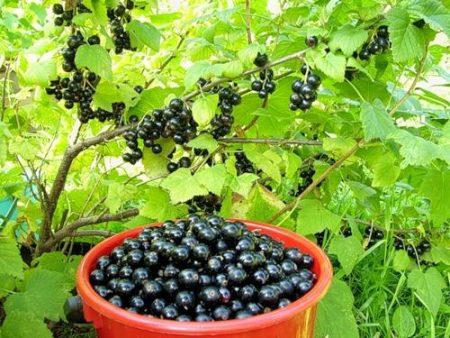 Despite the fact that currants are unpretentious plants, even they need to provide minimal care. This is especially important in the springtime, when the culture needs to help recover and recover after winter. Carrying out spring work to care for currant bushes is the key to its full growth, development and fruiting. What care for currants in the spring should be carried out and how to combat pests and diseases we will describe in this material.
Despite the fact that currants are unpretentious plants, even they need to provide minimal care. This is especially important in the springtime, when the culture needs to help recover and recover after winter. Carrying out spring work to care for currant bushes is the key to its full growth, development and fruiting. What care for currants in the spring should be carried out and how to combat pests and diseases we will describe in this material.
Spring currant care: where to start work
Currants can grow in the shade and even yield crops on poor soil, but still the crop needs to provide care, because then the bushes with berries will not degenerate, and the yield will only increase, and the berries will grow the largest.
Spring currant care and the fight against diseases and pests must begin with a thorough examination of the entire plant. The fact is that after winter leaves around the plant accumulate leaves, and under them a lot of moisture, which is an ideal condition for the multiplication of various diseases and pests. Therefore, after inspecting the culture, it is necessary to clean the area around it, collecting all the fallen leaves and garbage in a bag for a throw away from the site where the plant is located.
Next, currant bushes must be cut off. This stage cannot be ignored, as the old branches only impede the development of a new high-grade crop. It is necessary to trim all branches that have been around for 4 years, since the bulk of the berries begin to form on younger branches, which are a maximum of three years. Pruning also contributes to the growth of new shoots, which means a larger crop in the harvest season.
But, at this stage, cropping does not end there. It is also necessary to trim those branches of the shoots that are similar to the shoots. Leave on the plant no more than 8 large and thick stems. It is also necessary to trim the tips of the branches, regardless of their age, as this will contribute to the growth of lateral shoots, which bear the best fruit.
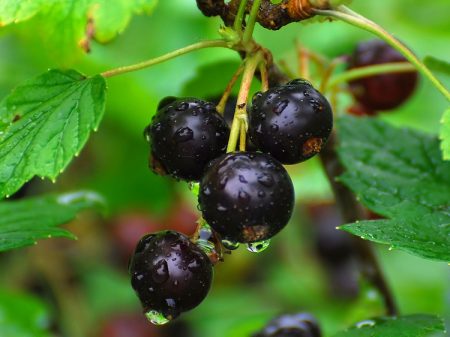
Interesting! Active growth of currants occurs in the first 5-6 years from the moment of planting. Once these years have passed, plant growth stops. After 5-6 years, pruning is one of the most important stages in carrying out spring work to care for currant bushes.
How to feed a plant in spring
Top dressing is the next step in the care of currants in the spring, as well as in the fight against diseases and pests (photo).
When planting currants in spring, e immediately need to be fed with nitrogen fertilizer, which scatters around the seedlings. Further, the earth is strewed on top and watering the plants. This work is carried out again several weeks after the landing.
Recommended: Propagation of blackcurrant by cuttings in summer.
When the currant begins the phase of formation of flowers and fruits, she will need a lot of useful substances that she simply can not get on her own. In order not to harm the quality of the future crop, you should immediately exclude chemicals for feeding. Experienced gardeners at this stage recommend feeding currants exclusively with organic matter. It is best to use chicken droppings and mullein.
After harvesting, the third top dressing of the plant is carried out, in gratitude for the fruits obtained. Here mineral fertilizers are already being dealt with. To fix the result, you need to make humus in the soil in mid-autumn.
Thus, feeding currants originates in the spring and end in the fall.
How to deal with diseases and pests of currant
Twisted currant leaves are a clear sign that the plant bushes are affected by something or someone.Therefore, it is important in the spring not only to care for currants, but also to begin the fight against diseases and pests, since it is after the winter that they begin their active life, which can be prevented if you know the enemy in person. What pests and diseases are most characteristic for currants, and how to deal with them?
Kidney tick
The insidiousness of this parasite is that it is difficult to detect until the currant bushes begin to bloom. Along with the swelling of the kidneys, the activation of the activity of the kidney tick occurs. If the pest attacked the currant, then no crop can be seen.
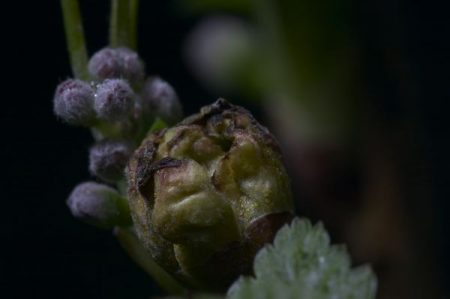
Considering the fact that the use of chemicals to combat this parasite at the time of flowering is fraught with the fact that the fruits will accumulate poison and will be unsuitable for food, it is necessary to start spraying with chemical agents in early spring, this will help to immediately prevent the attack of a kidney tick.
Shoot aphid
Aphids love to "feast" on young shoots. Just one offspring of aphids is enough to completely deprive the bushes of the currant of vitality, they begin to wither away, as a result of which they die.
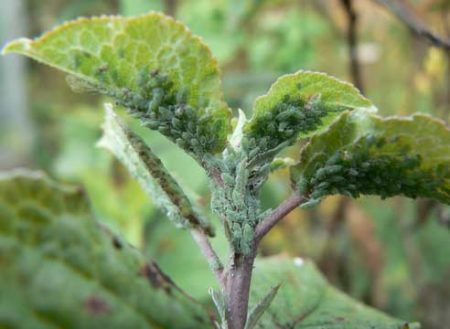
To combat aphids, the best option is to spray currant bushes with a solution of potassium permanganate and urea. Seasoned gardeners recommends still using infusion of spruce needles and soap solution.
Moth
This is a butterfly, which itself does not pose a threat to currants. But the caterpillars of this butterfly can destroy the culture. It all starts with leaves that gradually dry out, and then the wilting process goes on to the branches of the plant.
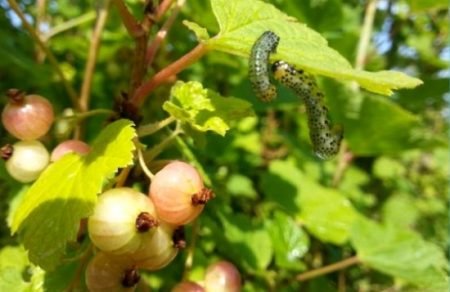
In the fight against the moth, a solution of potassium permanganate and urea comes to the rescue again.
Sawfly
The attack of this parasite occurs at the time of formation of the ovary, after which it is already impossible to obtain a crop from currants. The use of chemicals at this stage is unacceptable, as horses can affect the crop.
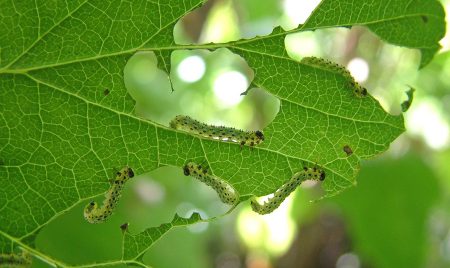
The sawfly does not tolerate smoke, so you can light a small fire near the currant bushes. Also, this parasite can scare away the smell of pine needles, pepper and cinnamon. Therefore, from these components, you can make infusions and spray them with bushes of the plant.
Powdery mildew
The most common disease among many cultures that can be recognized visually. A white coating forms on the leaflets, as if flour was sprinkled on them. As a result, pouring can begin to dry and fall off.
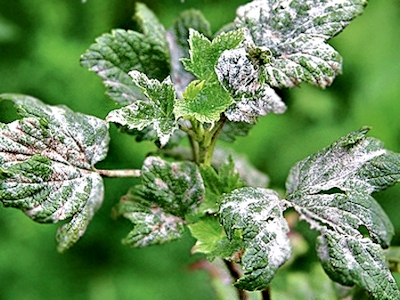
In the fight against powdery mildew, spraying with colloidal sulfur helps. Processing should be done 4-5 times per season.
Anthracnose
It is also a very dangerous disease, which manifests itself on the back of platinum leaf in the form of spots, which lead to the loss of leaf shape, their withering and falling. At the same time, the berries begin to frown and also fall off.
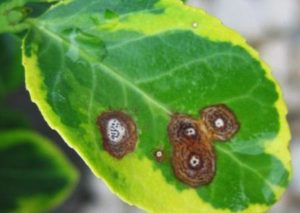
Currant should be treated with a Bordeaux mixture, it will not be superfluous to treat the plant with the same remedy in the spring. At the same time, diseased leaves and berries should be cut from the bush, if they have not fallen, and the fallen leaves and berries must be collected from the territory and the burning method must be disposed of.
Terry
The disease manifests itself in an unusual way: shoots begin to grow on the bushes, which are not visually similar to the currant itself. Such leaves will grow double, and their shape is more elongated, and the colors of the leaves differ, which with terry can be different.
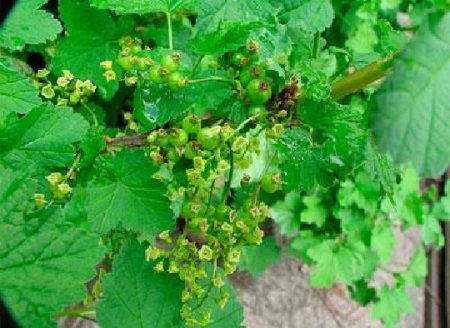
Unfortunately, if the disease attacked the bush, then it must be removed, and the place of its growth should be disinfected.
The correct course for currants in the spring and the fight against pests and diseases is the guarantee that the plant will delight its owner with juicy and healthy berries for more than one year.Only careful attention and care for currants will exclude the occurrence of such troubles as diseases and pests, as well as a poor harvest. And when the harvest season ends, it’s useful to know how to transplant currants in the fall to a new place.
Good luck in the beds!

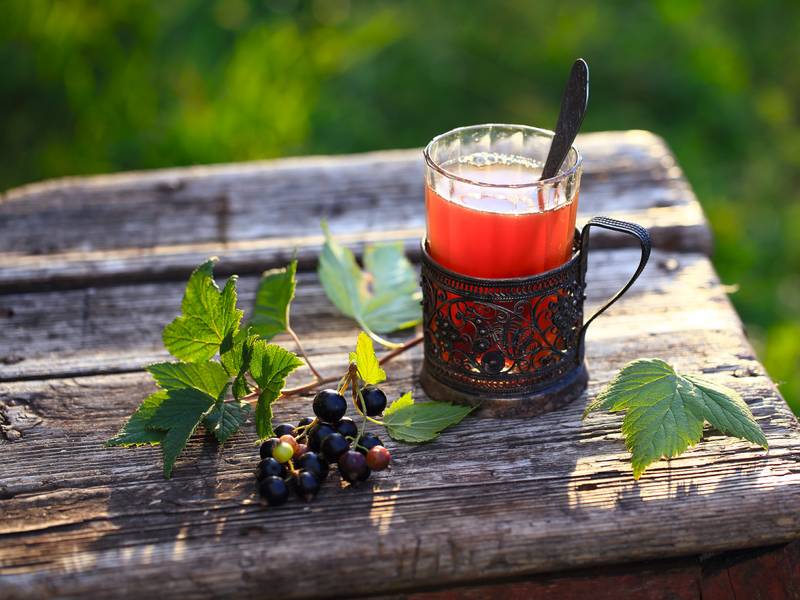
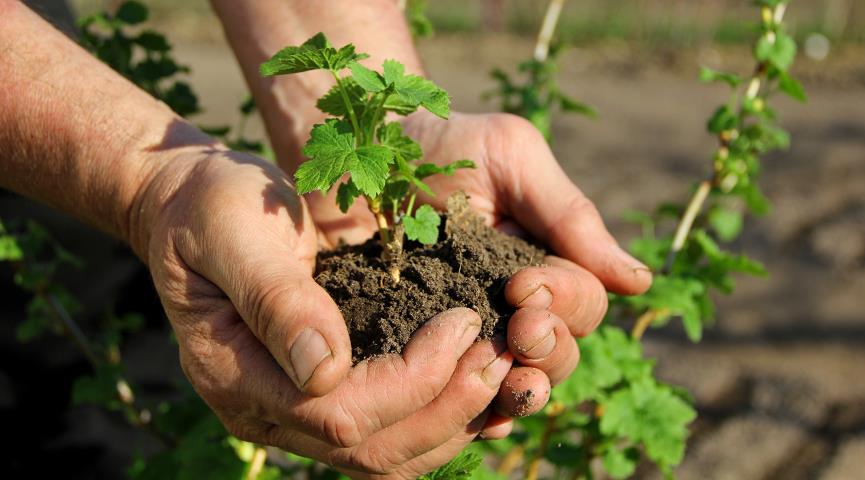
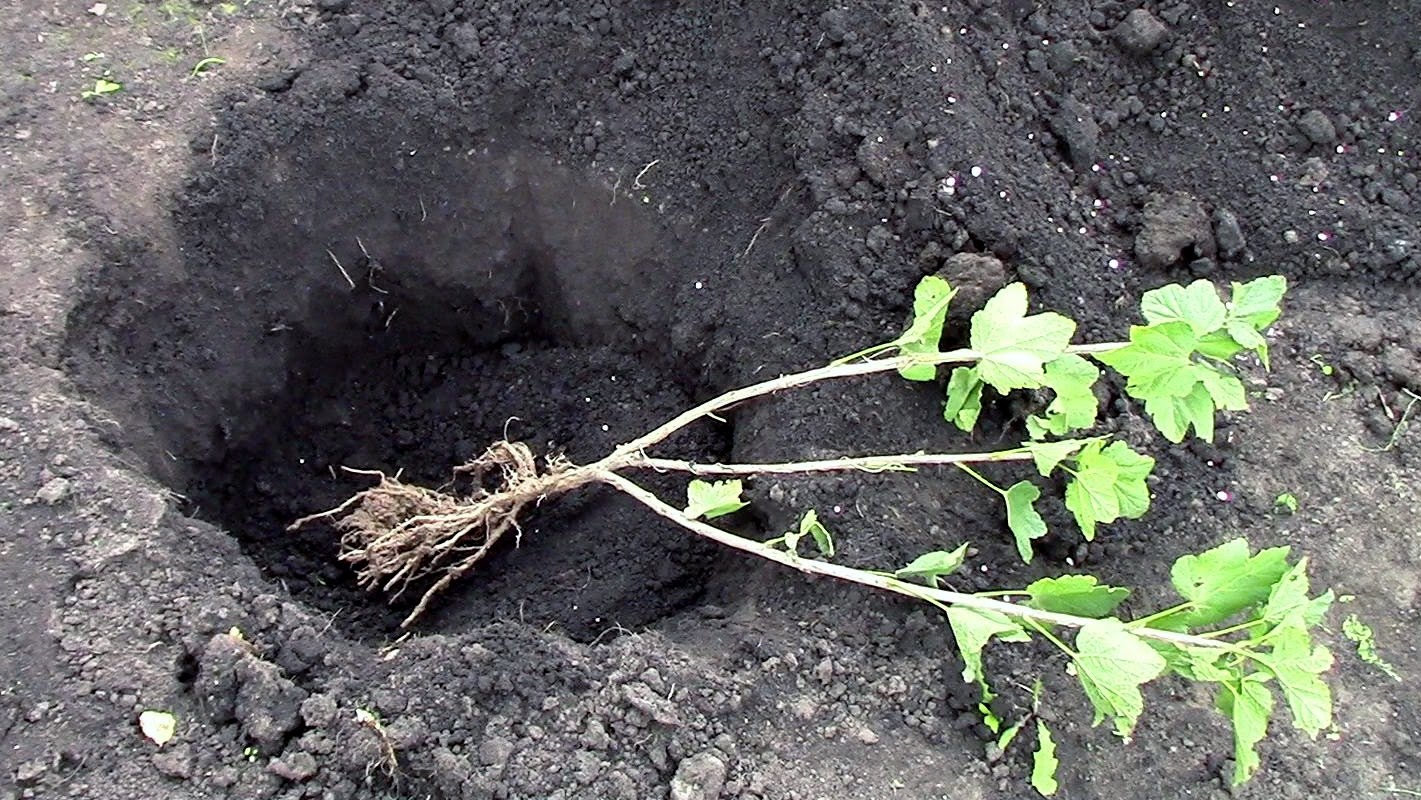
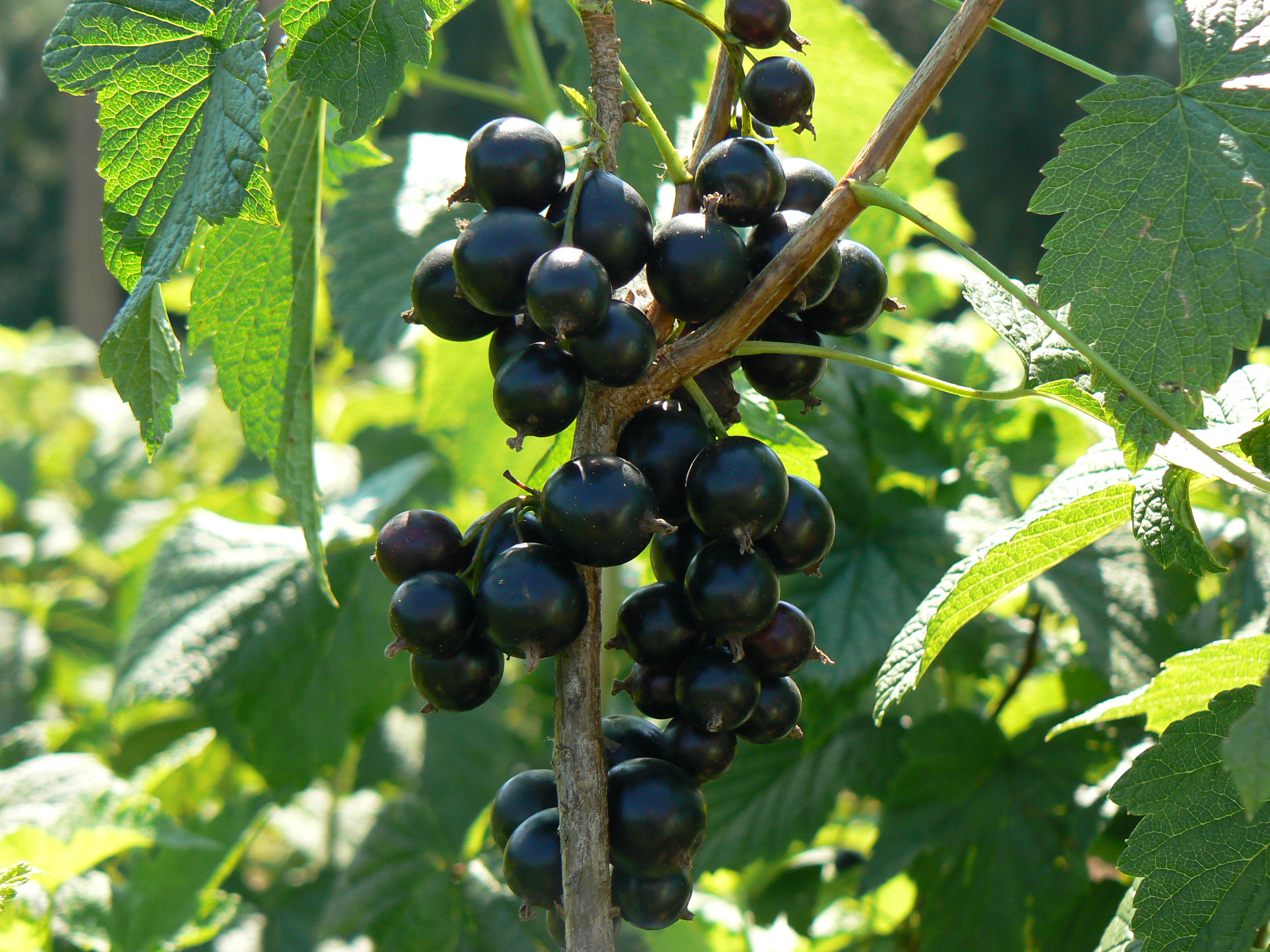 Blackcurrant: pruning in autumn, rejuvenation of the old bush, preparation for winter
Blackcurrant: pruning in autumn, rejuvenation of the old bush, preparation for winter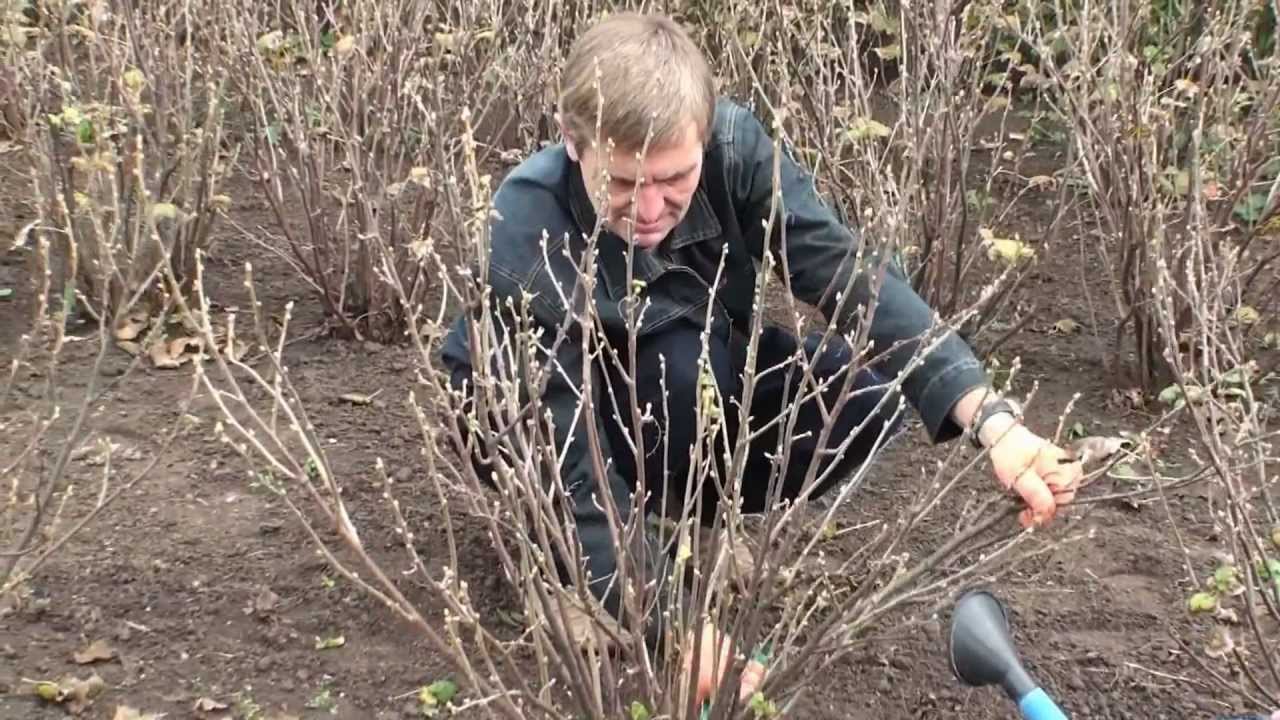 Autumn currant pruning scheme for beginners
Autumn currant pruning scheme for beginners Currant care in autumn and preparation of bushes for winter
Currant care in autumn and preparation of bushes for winter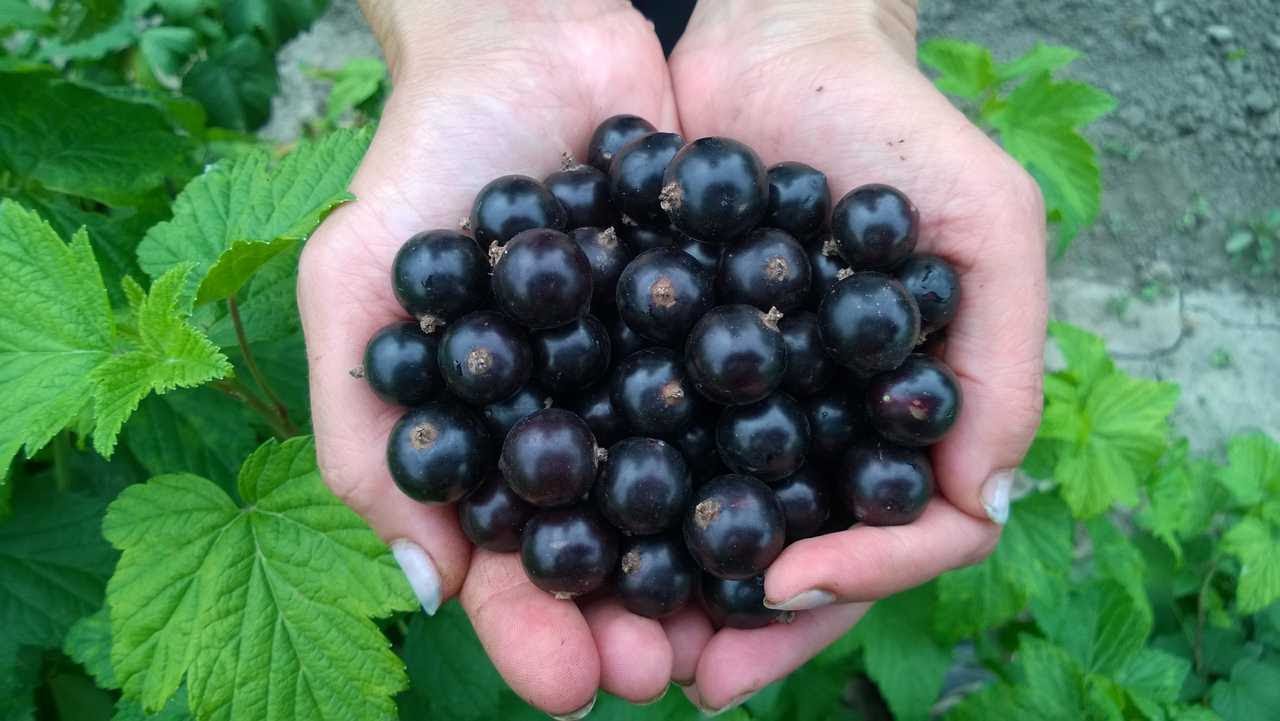 It's time to feed the currants - the best feeding
It's time to feed the currants - the best feeding